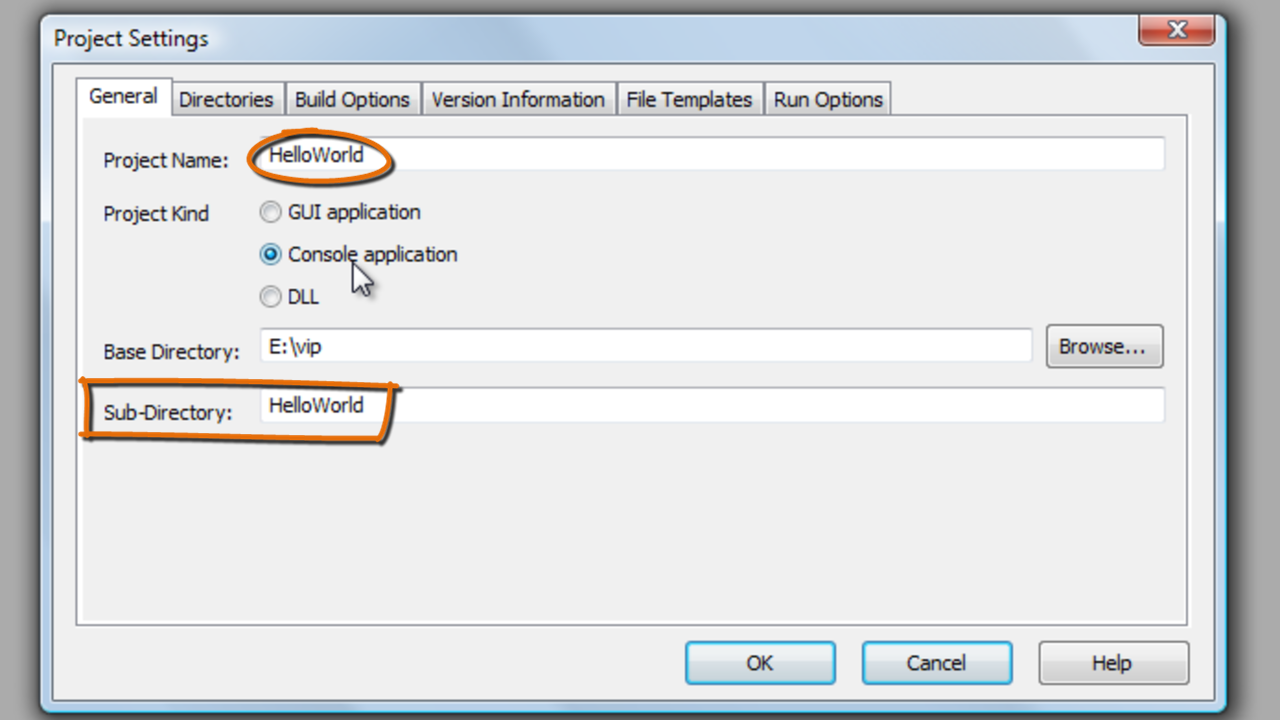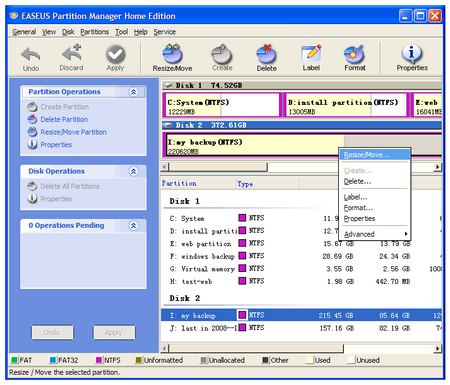Visual Prolog Crack

If you search a site for Visual Prolog 5.2 Keygen, you may see the word keygen in the results which usually means your download includes a keygen. Popular Searches. Many downloads like Visual Prolog 5.2 may also include a crack, serial number, unlock code, cd key or keygen (key generator).
Click here to Download this Software Free Visit here to download Full Software Visual Prolog7.1, Build 7103 Persional Edition Visual Prolog is a logical programming language that counts PDC Prolog and Turbo Prolog as predecessors. The goal of Visual Prolog is to support industrial strength programming of complex knowledge emphasized problems. It supports advanced client-server and three-tier solutions and is especially well suited for dealing with complex knowledge.
It is a very strong and safe programming language combining the very best capabilities of logical, functional and object-oriented programming paradigms in a consistent and elegant way. Visual Prolog features: * Logical programming concepts (backtracking, pattern matching) * Algebraic data types * A unique object system * Multi-threading (not supported in the Personal Edition) * Unicode support * Automatic memory management (garbage.
IDE • • • • • • • • • • • • • • • • • • • • In this tutorial I will give an overview of the Integrated Development Environment (IDE).The IDE is used to create, develop and maintain your Visual Prolog projects. Briefly speaking you will use the IDE for the following tasks in a project life cycle: • Creation: The project is created in the IDE, at creation time you choose important properties of your project, such as whether the project is an executable or a DLL, whether it uses GUI or is text based, etc. • Building: The project is built, i.e. Compiled and linked, from the IDE. • Browsing: The IDE and the compiler collect information about the project, which is utilized in various ways for quick localization of entities, etc. • Development: During the development and maintenance of the project, the IDE is used to add and remove source files and GUI entities to the project and to edit these. • Debugging: The IDE is also used for debugging the project.
The debugger is used to follow program execution and exploit the program state when the program runs.In the sequel we will look more detailed at each of these things. Notice that the tutorial will start from scratch and create a project that is used for the whole tutorial. The reader is encouraged to do the same. Also notice that clicking on reduced pictures will show them in full scale in a separate window. Contents • • • • • • Creation First we will create a project by selecting Project -> New. In response to this you are presented to a dialog containing various properties of the project. I have chosen that my project should have the name tut01.
The project name is also used as the name of the target that is produced. In this case the target is an exe file so the target name will be tut01.exe. I have also chosen that the target should be a GUI program, i.e. A program with a graphical user interface. The Base Directory is the 'base' of all your projects; you should choose a place that is convenient for you.

The new project will be created in a Sub-Directory of the base directory. By default this directory have the same name as the project itself.
The Package Prefix is used when creating new 'packages' in the system (a later tutorial will explain about the package notion). In case your source files will ever be shared with somebody else it is a good idea if the prefix does not conflict with other prefixes.
Therefore it is a good idea to use a prefix that start with a reverse Internet domain name, like com/visual-prolog (which is the reverse of visual-prolog.com). For the moment you do not need to consider the remaining tabs and options. Ebook aplikasi perencanaan struktur gedung dengan etabs tutorial pdf 2017. Now create the project by pressing OK.
The IDE will now look something like this: You have the Project Window, which contains information about the entities in your project. You have the Messages Window, which will contain various status and progress messages. Building Before we make any modifications, we will build (i.e. Compile and link) the project. In the Build menu you find commands for building, compiling and executing the project. If you choose Execute the project is first build, so that it is an up to date version you execute. Therefore I will choose Execute.